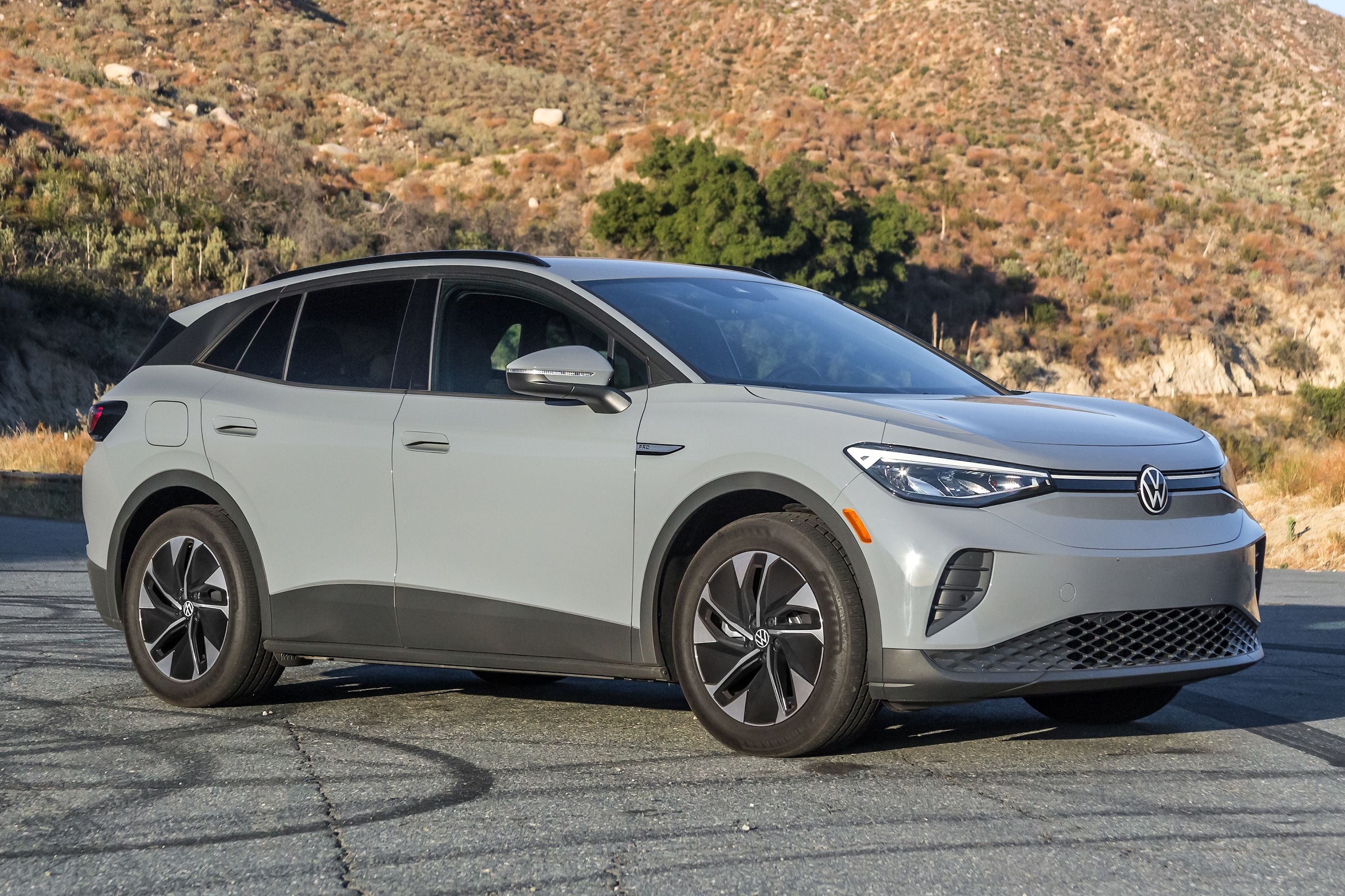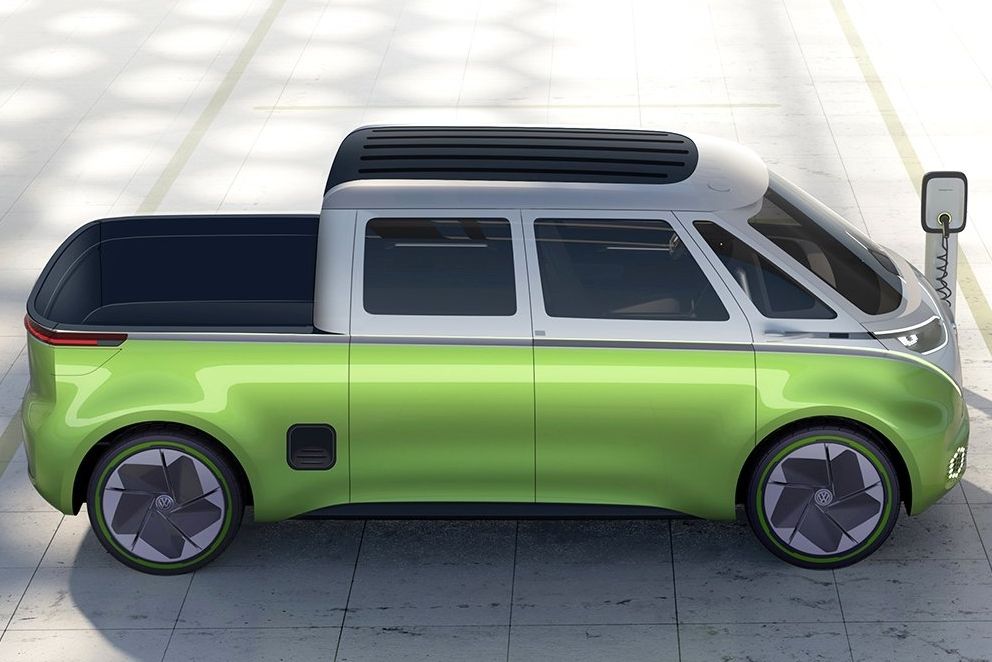
Electric pickup trucks are big business at the moment. Ford is laughing all the way to the bank with the F-150 Lightning and plans to double down on that success with planned Maverick and Ranger Lightning variants. But it's not only the Blue Oval that's making moves in this burgeoning segment - CarBuzz recently uncovered patents filed with the EUIPO that suggest Volkswagen is working on a commercial EV of its own.
The patent in question surrounds a box frame chassis designed for an electric vehicle. Based on this, it's safe to assume the proposed design won't be used on the rumored ID. Buzz pickup, which is based on the MEB platform. The upcoming Scout EVs are excluded, too; these rugged newcomers are expected to use the MEB2 architecture. So, what could it be?
Before we answer that, let's explore the patent in greater detail. In a modern electric vehicle, the traction batteries form part of the chassis. This is a clever design for road-biased vehicles but isn't very practical for commercial vehicles and trucks, many of which are punished on a daily basis. What's more, this setup would limit ground clearance and have an impact on usability.
Volkswagen is looking to overcome this with a rather clever solution. Either side of the box frame chassis will have a "receiving area." The one housed at the front of the vehicle will "be oriented in the direction of travel," while the one at the back will be positioned in the opposite direction. This description seems somewhat confusing, but these will be housed within the center section of the vehicle platform and these receiving areas will house the traction batteries.
"[The] wheels of the motor vehicle can be attached to the front and rear section, with at least two traction batteries being arranged in at least one receiving area. In addition, the front section and/or the rear section are designed to accommodate at least one electric motor for driving at least one wheel," reads the description.
It seems that Volkswagen is looking to offer the chassis with single- and dual motor offerings, with available front-wheel drive, rear-wheel drive, and all-wheel drive configurations. Interestingly, Chevrolet will offer customers all three combinations on the recently revealed Blazer EV.
A rather neat trick is the built-in redundancy feature, most likely for the dual-motor model. Should the first traction battery fail, the second traction battery will take on extra work and power both motors. Similarly, should the second battery fail, the first one will pick up the slack.
To answer the question we posed earlier, it's highly plausible that we're looking at the early stages of an electric Amarok. The midsized truck, which won't be sold in the United States, recently entered its second generation. Built upon sturdy Ford Ranger underpinnings, there's a very good chance this may be used in the aforementioned Ranger Lightning, too.
If it does turn out to be a bespoke chassis for an Amarok EV, we're not holding out hope for its arrival in the United States.
In an exclusive interview with CarBuzz, Volkswagen America's Hein Schafer admitted that the MEB platform, while flexible, isn't suited to a pickup truck, but did say the brand wanted something of this kind for the US audience.
He asked, "Do we develop MEB to give us the pickup, or do we maybe potentially use our next-gen platform to try and give us that pickup?" We may be looking at the early stages of that next-gen platform, or a derivative of it, at least.

